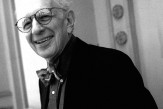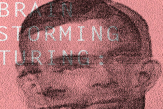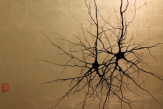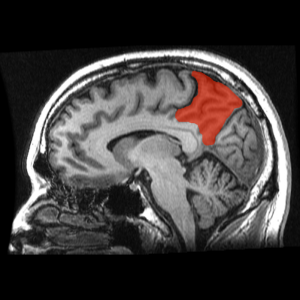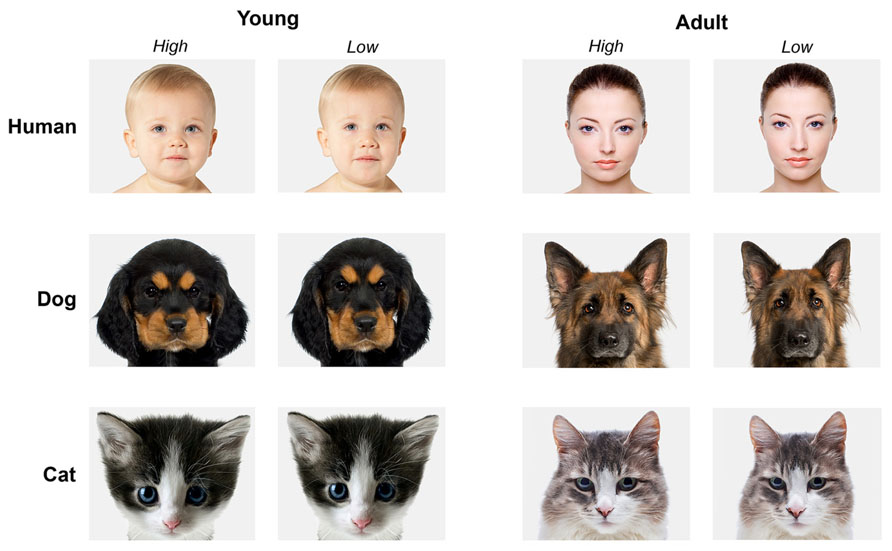Eric Kandel: Understanding the Unconscious in Art, Mind, and Brain
he Age of Insight: The Quest to Understand the Unconscious in Art, Mind, and Brain, from Vienna 1900 to the Present A brilliant book by Nobel Prize winner Eric R. Kandel, The Age of Insight takes us to Vienna 1900, where leaders in science, medicine, and art began a revolution that changed forever how we think about the human mind—our conscious and unconscious thoughts and emotions—and how mind and brain relate to art.
The Vienna School of Medicine led the way with its realization that truth lies hidden beneath the surface. That principle infused Viennese culture and strongly influenced the other pioneers of Vienna 1900. Sigmund Freud shocked the world with his insights into how our everyday unconscious aggressive and erotic desires are repressed and disguised in symbols, dreams, and behavior. Arthur Schnitzler revealed women’s unconscious sexuality in his novels through his innovative use of the interior monologue. Gustav Klimt, Oscar Kokoschka, and Egon Schiele created startlingly evocative and honest portraits that expressed unconscious lust, desire, anxiety, and the fear of death.
“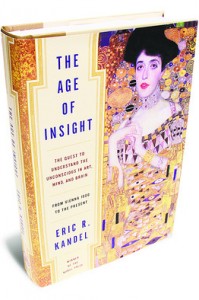 At a base level, the aesthetics of the image’s luminous gold surface, the soft rendering of the body, and the overall harmonious combination of colors could activate the pleasure circuits, triggering the release of dopamine. If Judith’s smooth skin and exposed breast trigger the release of endorphins, oxytocin, and vasopressin, one might feel sexual excitement. The latent violence of Holofernes’s decapitated head, as well as Judith’s own sadistic gaze and upturned lip, could cause the release of norepinephrine, resulting in increased heart rate and blood pressure and triggering the fight-or-flight response. In contrast, the soft brushwork and repetitive, almost meditative, patterning may stimulate the release of serotonin.
At a base level, the aesthetics of the image’s luminous gold surface, the soft rendering of the body, and the overall harmonious combination of colors could activate the pleasure circuits, triggering the release of dopamine. If Judith’s smooth skin and exposed breast trigger the release of endorphins, oxytocin, and vasopressin, one might feel sexual excitement. The latent violence of Holofernes’s decapitated head, as well as Judith’s own sadistic gaze and upturned lip, could cause the release of norepinephrine, resulting in increased heart rate and blood pressure and triggering the fight-or-flight response. In contrast, the soft brushwork and repetitive, almost meditative, patterning may stimulate the release of serotonin.
As the beholder takes in the image and its multifaceted emotional content, the release of acetylcholine to the hippocampus contributes to the storing of the image in the viewer’s memory. What ultimately makes an image like Klimt’s ‘Judith’ so irresistible and dynamic is its complexity, the way it activates a number of distinct and often conflicting emotional signals in the brain and combines them to produce a staggeringly complex and fascinating swirl of emotions.”
Eric Richard Kandel is an American neuropsychiatrist who was a recipient of the 2000 Nobel Prize in Physiology or Medicine for his research on the physiological basis of memory storage in neurons.
Photo credit of Eric Kandel from the Rubin Museum feature — Eric Kandel + George Prochnik. The Age of Insight / rmanyc.org



